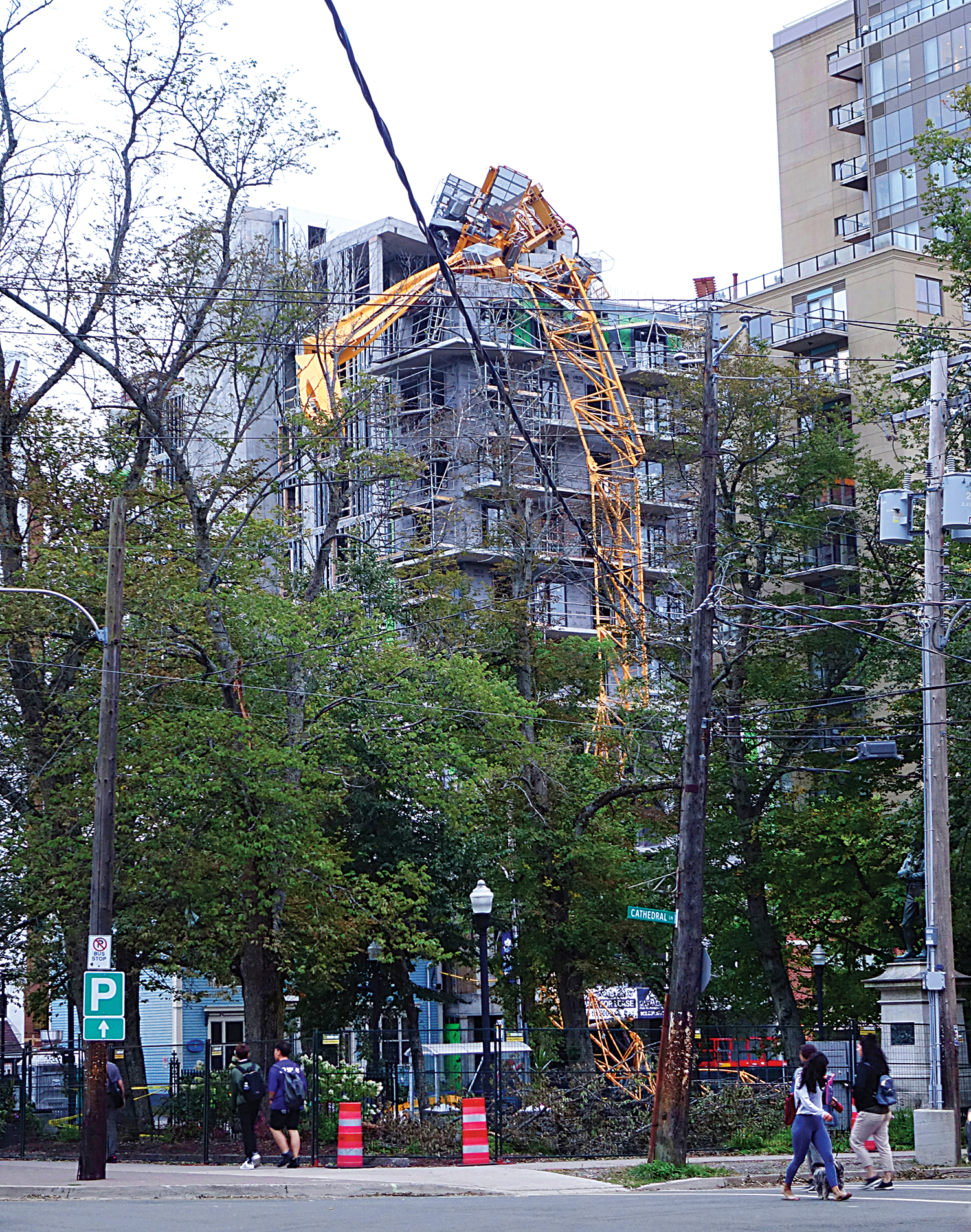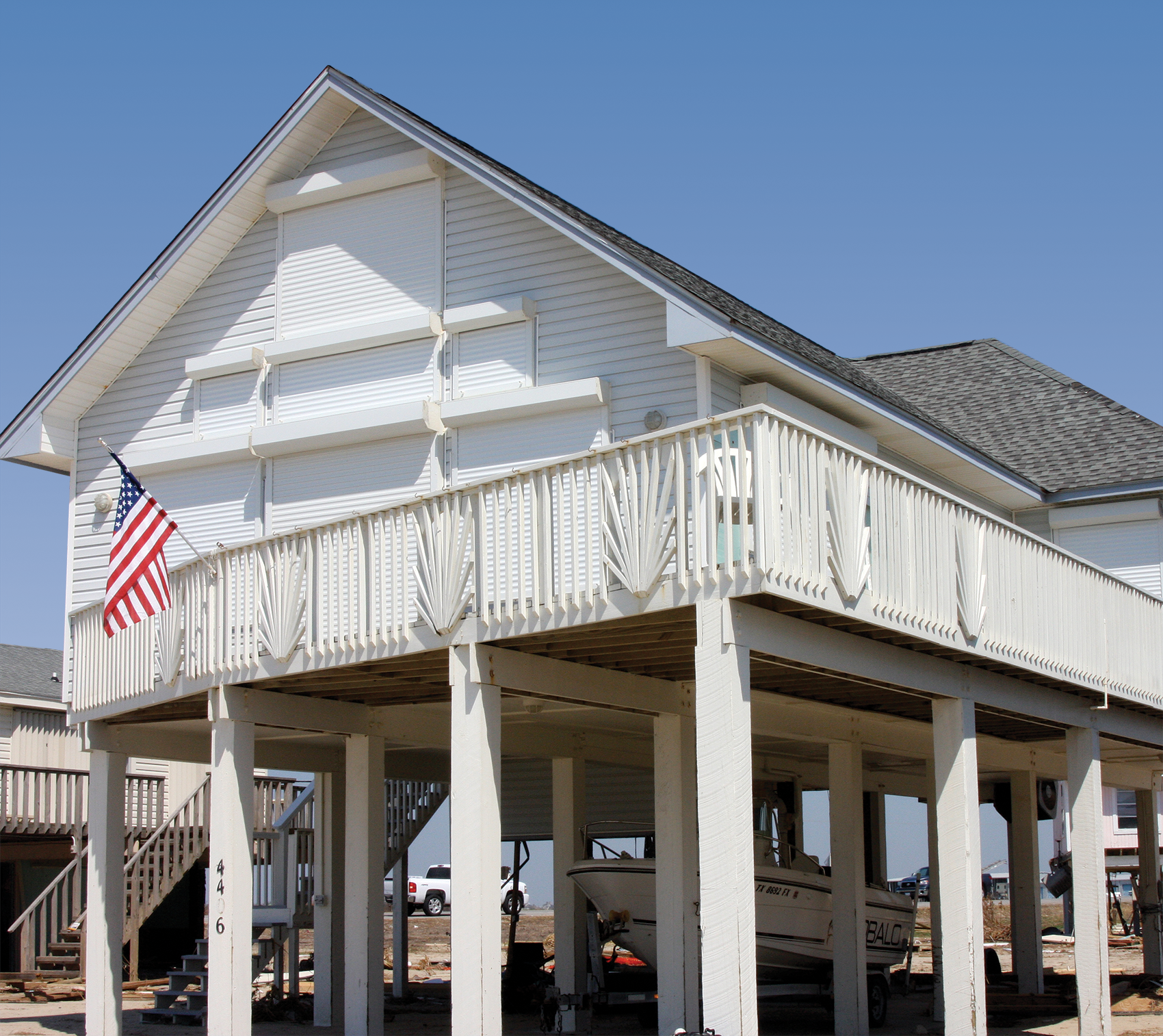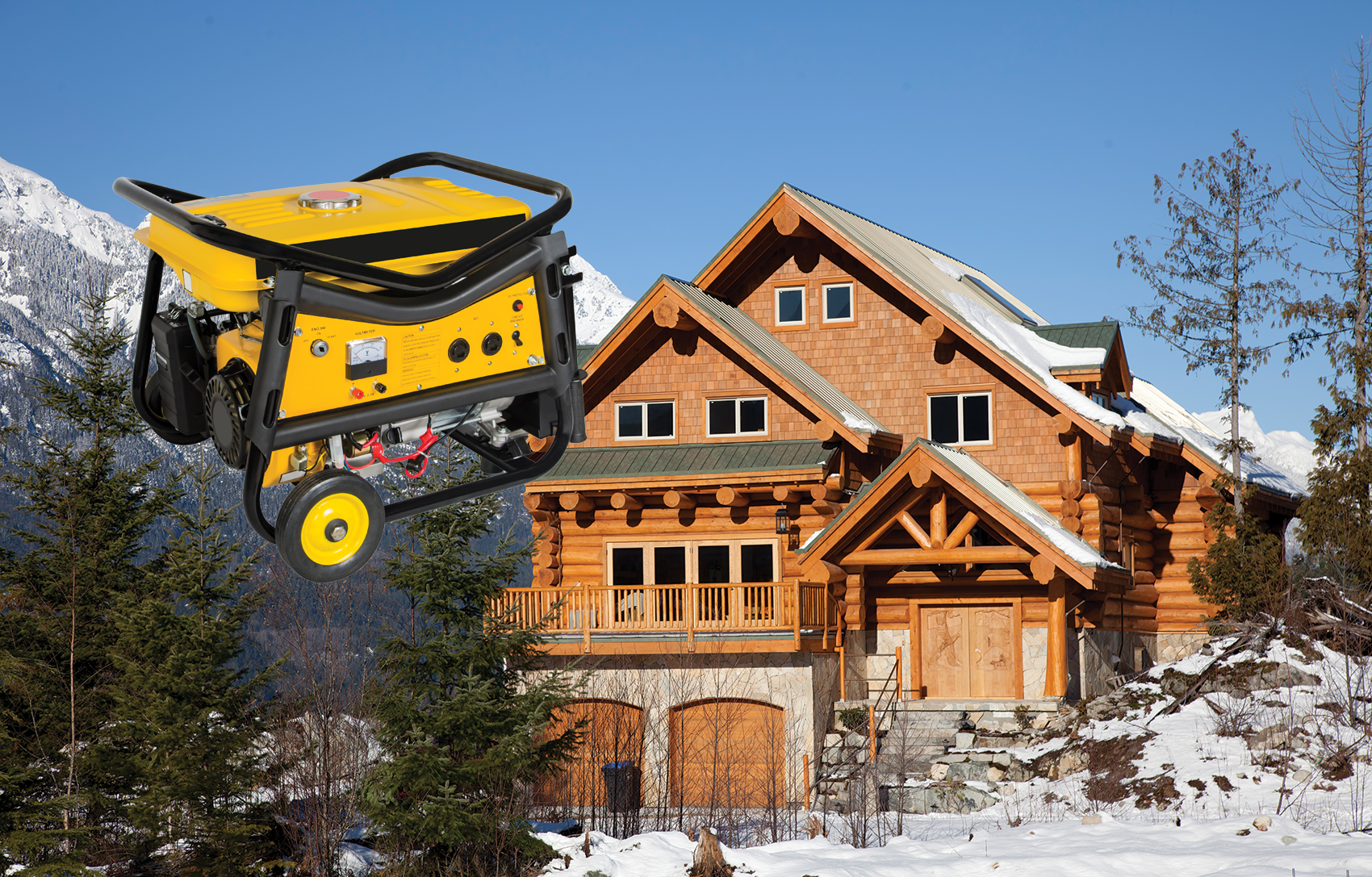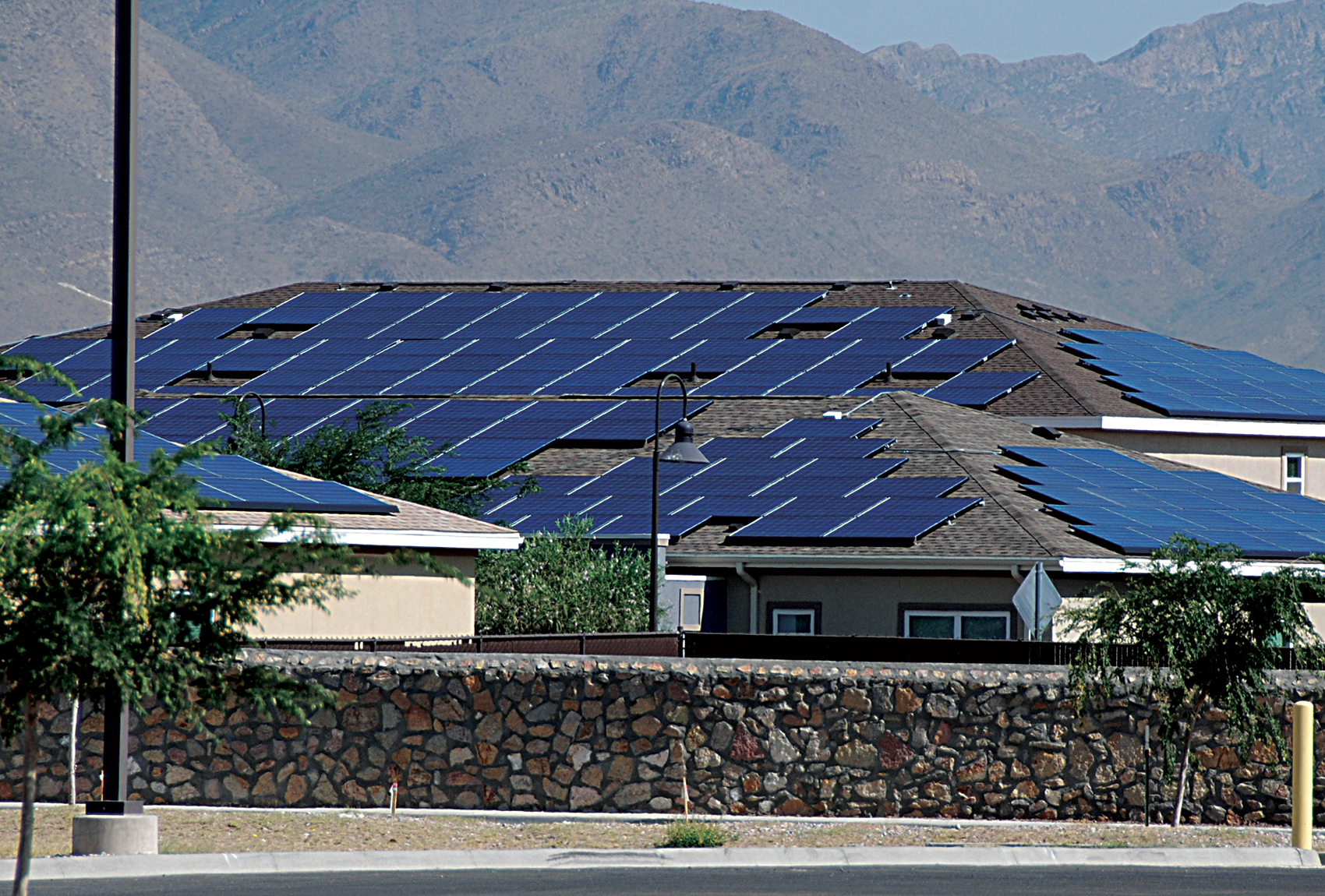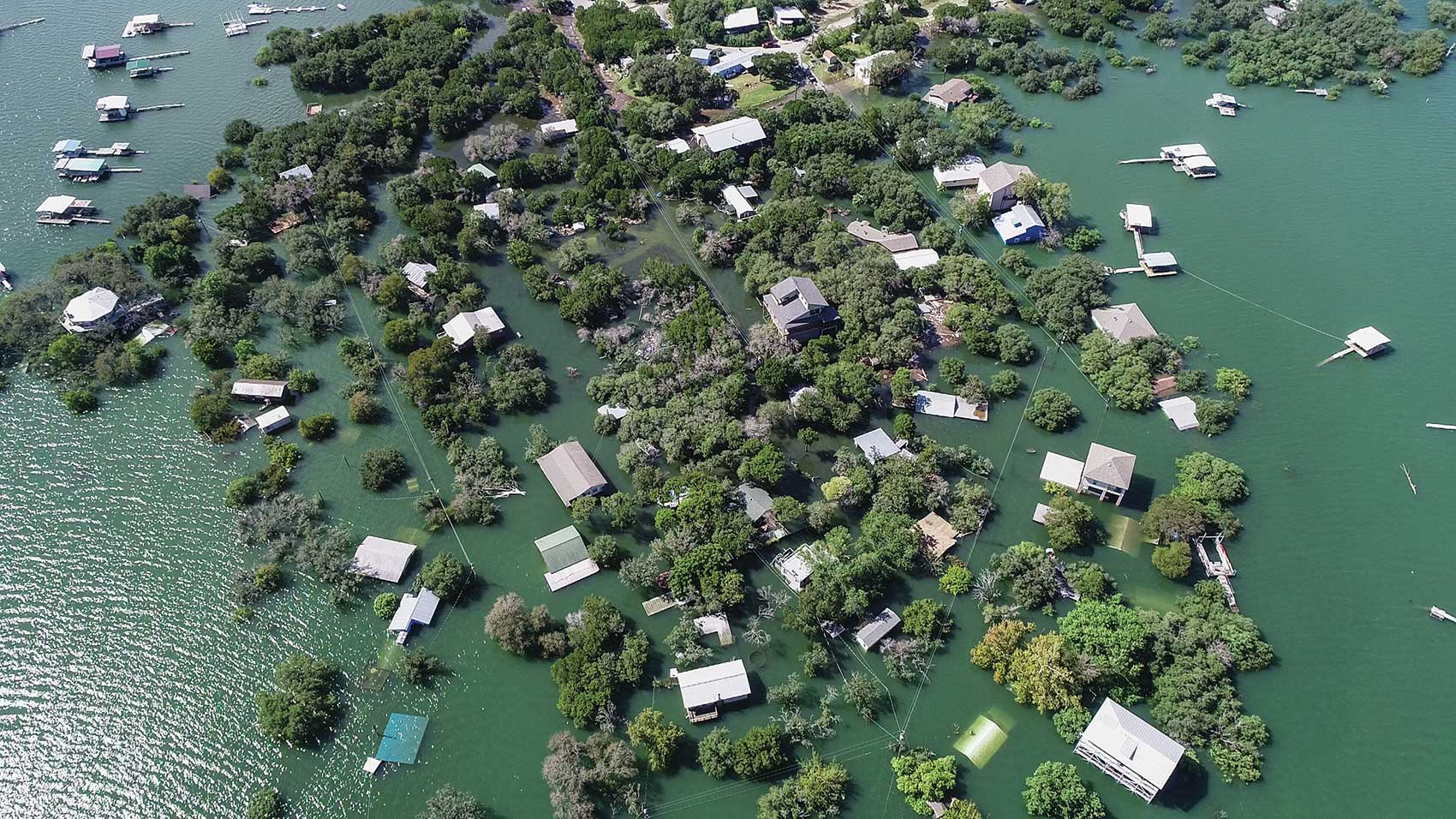Contingency planning for continued business operations during a natural disaster is a multi-faceted risk management issue.
So what can be done to protect lives and property? Organizations have developed standards, are developing new code rules, and are recommending guidelines to help minimize damage.
Applying proper mitigation ideas for reducing flood loss in electrical systems will not only reduce future damage but also aid recovery after flooding.
As “extreme” weather becomes more common, our building envelopes will need to become better.
During a disruption in electrical service, there are various responsibilities that the utility and homeowner have regarding safe delivery of electricity. This sometimes-contentious issue involves a defined term found in Article 100 of the 2017 National Electric Code (NEC) known as the “service point.” Which begs the question, “How well do you know your electrical service point?”
When power lines are down, residents can restore energy to their homes or other structures by using another power source such as a portable generator. There are several precautions to follow, however, to prevent electrical disaster. Here are a few quick tips.
Nearly every week, I get calls and e-mails from inspectors, plan reviewers, photovoltaic (PV) professionals, engineers, and electricians asking about areas of PV system installation that are not clearly addressed in the National Electrical Code (NEC).
Per the CE Code, a neutral of each separately derived ac system must be connected by the grounding conductor to the dedicated grounding electrode. True?
Electrical hazards quickly multiply for workers involved in recovery efforts following weather emergencies, such as downed electrical wires.
As communities begin to clean up after a flood, there may be hidden electrical hazards, especially when dealing with water-damaged electrical equipment.






